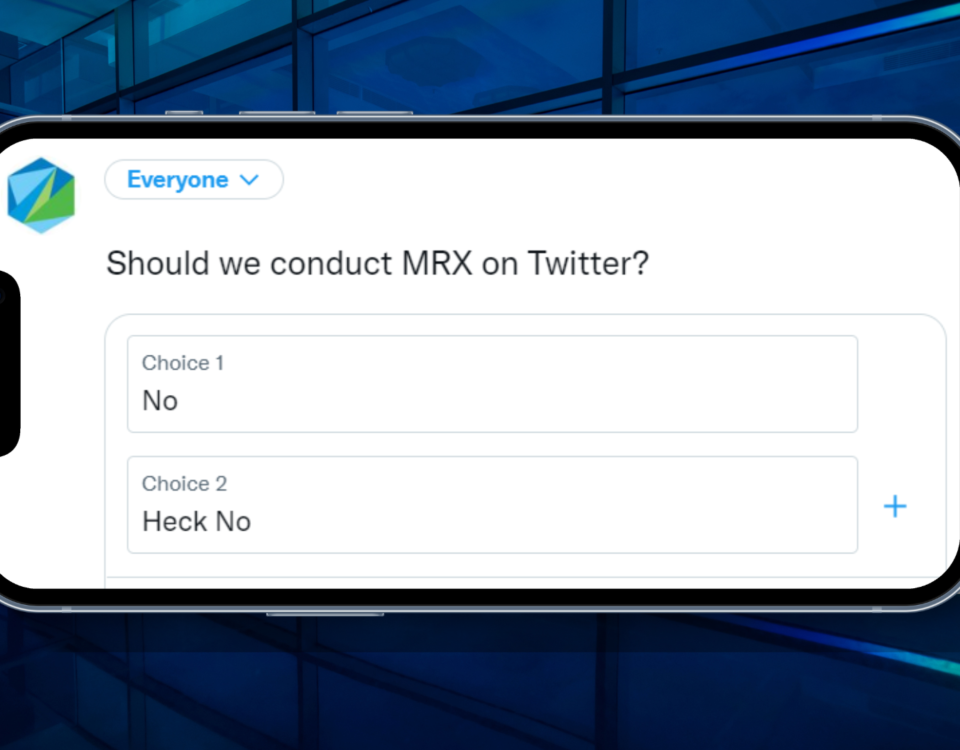
Improving Respondent Engagement: Part 1 – Diagnosing The Problem
June 11, 2018
Intellicast Episode 22: Live From IIeX
June 15, 2018In part one of this series, we discussed the myriad of issues that have led to a decline in overall respondent engagement. Now, let’s jump into some potential solutions to those issues that can help improve engagement levels.
Better profiling of respondents
By adding more points to panelist profiles, companies can better profile their panelists and demine if the qualify for a survey before an invite is ever sent. This may sound simple, but it requires a lot of work. It would be easy to implement for all future panelists, however, you would need to create a way to update current panelists with the new data points, as well as, a process to easily collect data on new points you want to add.
By doing this, you can limit the number of survey invites your panelists receive, and the ones that are invited are only to people who better qualify. This will reduce the number of respondents that either don’t qualify or term.
Improving questionnaires
This is one of the easiest fixes that can be put in place. By reducing the amount of grid questions, integrating different question types, shortening survey lengths, and keeping the overall survey focused on a topic, frustration levels among respondents will decline.
Updating UX designs
This solution is dependent on each individual company. Every company has a different user experience around how respondents access their surveys. At a minimum, there should be some updates, so not only are surveys device agnostic, but the platform respondents access them from are too. Companies should also investigate the process paths respondents take and look for opportunities to reduce clicks and other barriers that reduce ease of use.
Changing incentive structure
This may be the single most impactful solution that can be put in place. Currently, a respondent only qualifies for an incentive if they complete the survey and if their complete is accepted. By moving away from a completion-based incentive model to more of a click-based model, respondent engagement would improve significantly. A respondent can earn an incentive for participating even if they term out in a click-based model. If respondents know they still can earn something even if they term out of a survey, you will see an increase in response rates at a minimum.
The problem with respondent engagement isn’t a single company issue; it is an industry issue. Nothing will be solved unless we come together as an industry to make changes.
Find out how EMI can help you with your next project, click the button below for a free consultation.




